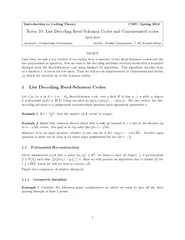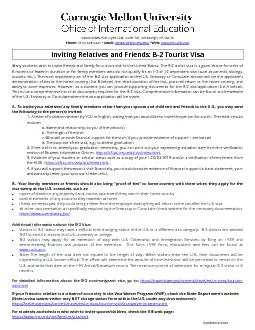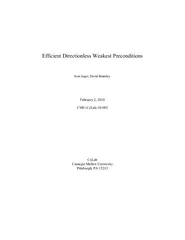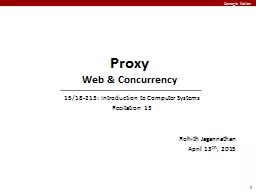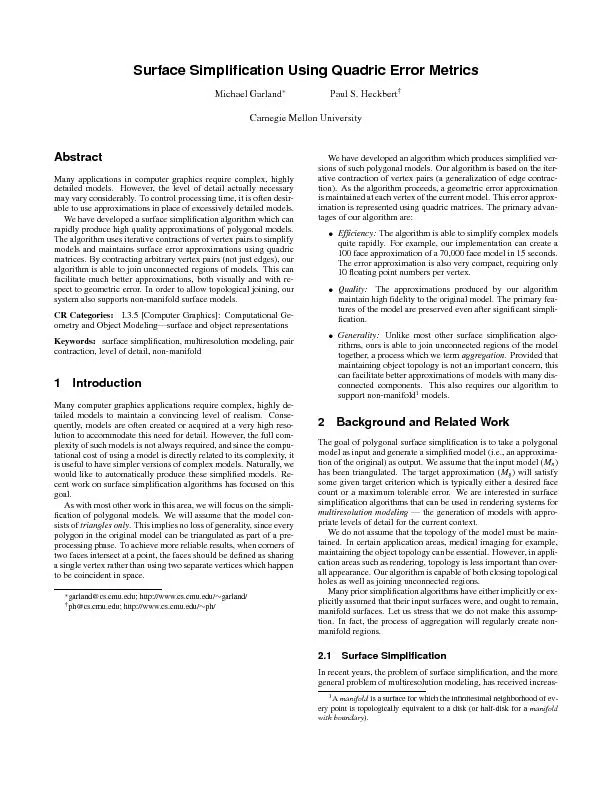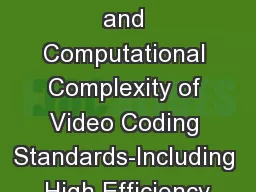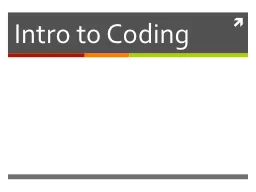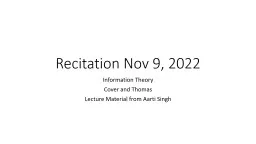PDF-Introduction to Coding Theory CMU Spring Notes List
Author : pamella-moone | Published Date : 2015-05-19
Now we turn to list decoding arbitrary received words with a bounded distance from the ReedSolomon code using Sudans algorithm This algorithm decodes close to a
Presentation Embed Code
Download Presentation
Download Presentation The PPT/PDF document "Introduction to Coding Theory CMU Spring..." is the property of its rightful owner. Permission is granted to download and print the materials on this website for personal, non-commercial use only, and to display it on your personal computer provided you do not modify the materials and that you retain all copyright notices contained in the materials. By downloading content from our website, you accept the terms of this agreement.
Introduction to Coding Theory CMU Spring Notes List: Transcript
Download Rules Of Document
"Introduction to Coding Theory CMU Spring Notes List"The content belongs to its owner. You may download and print it for personal use, without modification, and keep all copyright notices. By downloading, you agree to these terms.
Related Documents

